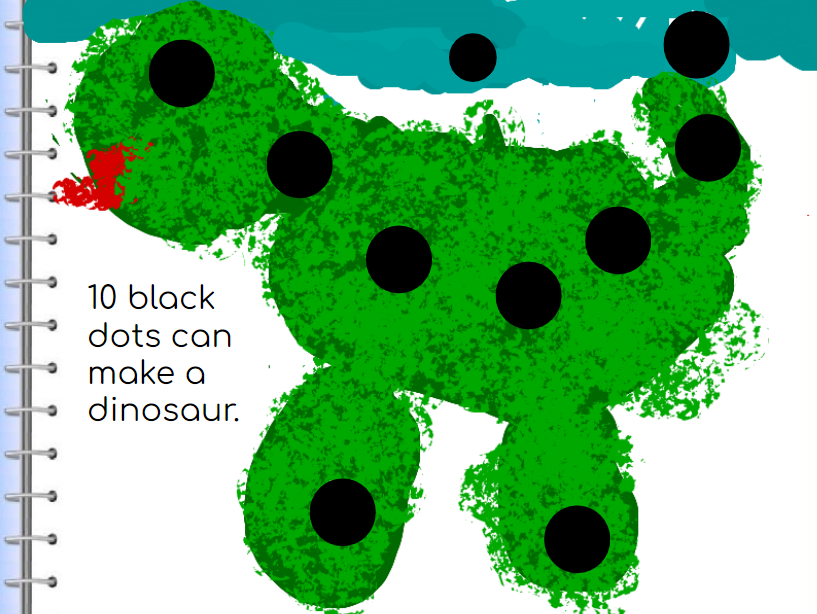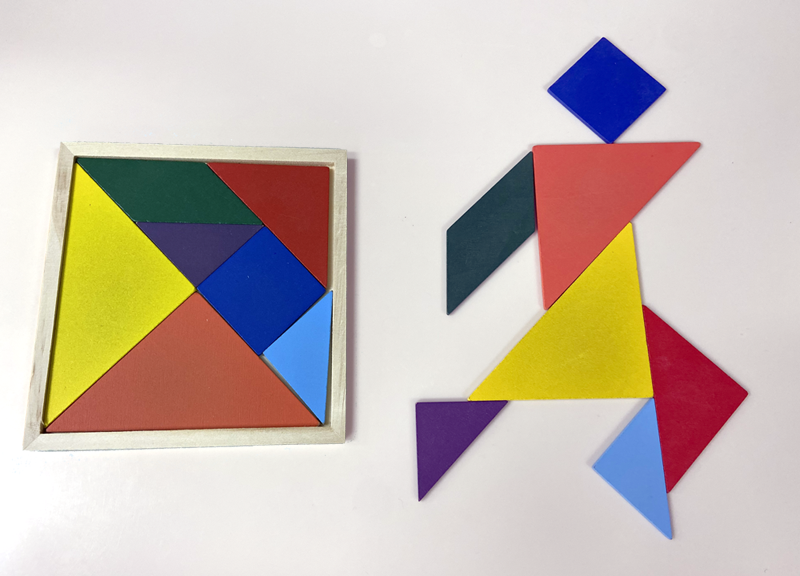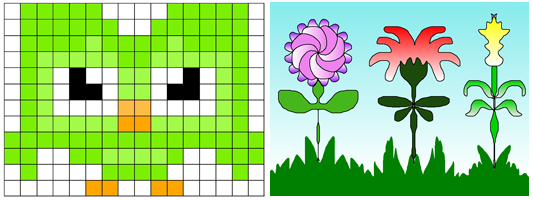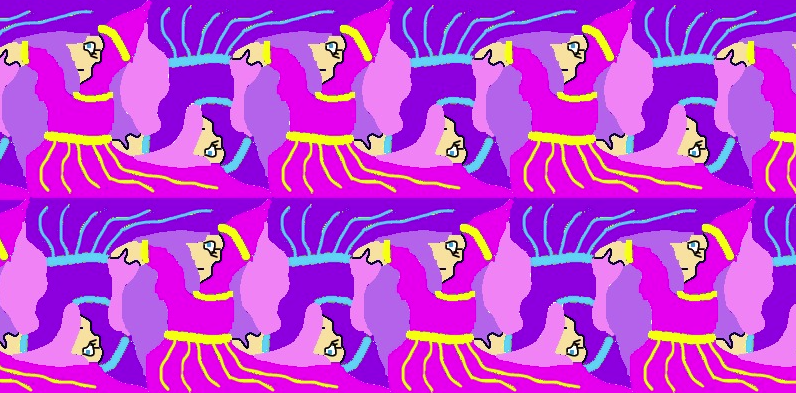
Help students see how deeply math and art are intertwined

Art is creative and math is analytical, right? No. It's time to think outside the box and truly see how deeply these two normally separate disciplines are connected.
Leonardo da Vinci's Mona Lisa utilizes the golden ratio. Patterns have been used for centuries in Islamic tile and art. Albrecht Dürer took advantage of what was known about geometry to master the art of perspective.
In the classroom, you can use:
From obvious elements of art like line, shape, symmetry, and repetition to more complicated tessellations and fractals, you can help students at all grades see how math and art are deeply intertwined.
Get your feet wet by using art to help teach students math concepts. To expand student thinking about shapes, read Ten Black Dots by Donald Crews, and then like the story, ask students, "What can you do with ten black dots?"

Use the work of Piet Mondrian to both count and discussions colored shapes. Have students color, or create, their own Mondrian design and then count colored boxes, and describe their relative positions.

Young children love to build with blocks. As they work to create castles and other buildings and sculptures talk about the size and shape of the various pieces. You could also have students combine cut-out shapes to create a collage.
Digital art and creativity tools, like Wixie, make it easy for students to paint with shapes or move shapes for self-expression.
Connect math and art to literacy with the fun story The Shape of Things by Dayle Ann Dodds and Julie Lacome. Explore the images and rhyming descriptions and then ask students to create their own version of the story.
Work with shapes doesn't have to be limited to primary. If your students are older, consider how artists like Carmen Herrera, Pablo Picasso, Stuart Davis, and Joan Miró use shape to represent objects and convey meaning.
Math manipulatives, like tangrams, are a great way to get students to begin playing with shapes to create art.

Tangrams help students build powerful math skills and understanding of angles, congruence, spatial visualization, and transformation geometry like slide, turn, and flip.
To encourage creative thinking beyond moving tangram pieces to make an existing shape, read Grandfather Tang's Story by Ann Tompert. After watching how a young girl's grandfather arranges a tangram into different shapes to tell a story, ask students to create their own tangram images and write stories about their adventures.
To further extend their thinking about geometric transformations, try creating art using symmetry. Students can simply use markers, colored pencils, or crayons to create images with line symmetry on graph paper. Pixel art is easy with digital graph paper and a paintbucket tool and many digital arts tools have symmetry options.

Explore mathematical concepts of patterns and radial symmetry through work with Islamic tiles and mandala designs. Students can easily make radial symmetry designs with natural and found objects. Like pixel art, existing mandala designs can be filled to show radial symmetry with a paint bucket in a digital art tool as well.
Providing a digital tile that students can duplicate, flip, and rotate makes it easy to create and extend their patterns in two directions. This digital pattern play "engages the mind of the learner in thinking about the relationships among the pattern play pieces…"

Explore tessellations of M.C. Escher, whose work is known to most students. Discuss the different types of geometric transformations and see how Escher uses rotation (Development I, 1937), reflection (Day and Night, 1938) and translation (Sky and Water I, 1938).
Then, have students create their own tessellations using isometric paper, paper cut outs, or a digital drawing tool.

Artist Robert Fathauer takes tessellations even further using the mathematics of fractals.
Use a programming tool like TurtleArt to give students an opportunity to utilize the rules of geometry to write code that creates images and art with lines, shapes, and color. Tools like Turtle Art can be used to connect math and art in the younger grades as well.
Combining math and art is a great way to enhance understanding, promote deep thinking, and encourage amazing storytelling.
Math and art belong together.

Follow us on Instagram for daily inspiration

Create a thought web, cluster, flowchart, or other graphic organizer for a lesson
Five ideas for creative classroom centers
Creative, digital book reviews
Fun and powerful ideas with animated characters

Wixie
Share your ideas, imagination, and understanding through writing, art, voice, and video.

Rubric Maker
Create custom rubrics for your classroom.

Pics4Learning
A curated, copyright-friendly image library that is safe and free for education.

Wriddle
Write, record, and illustrate a sentence.

Get creative classroom ideas delivered straight to your inbox once a month.
Topics